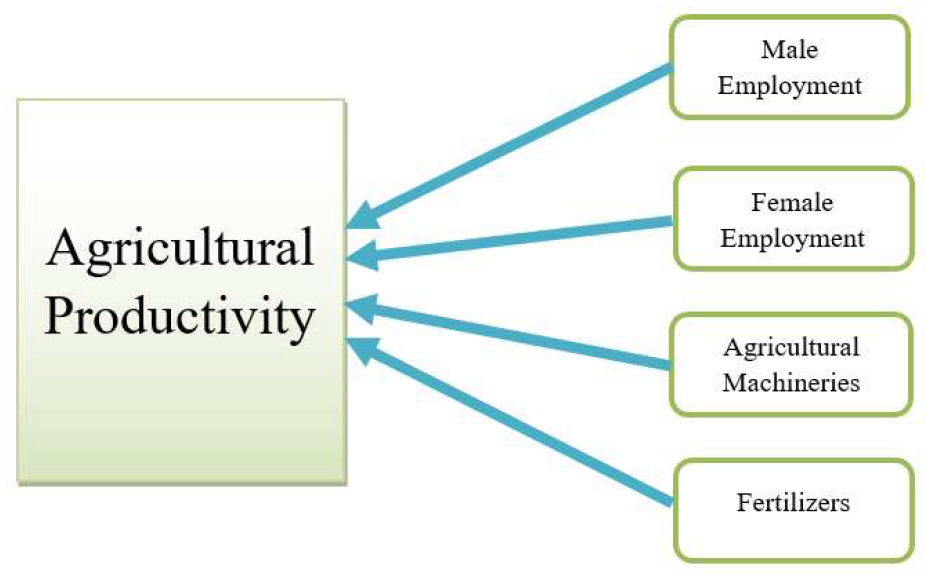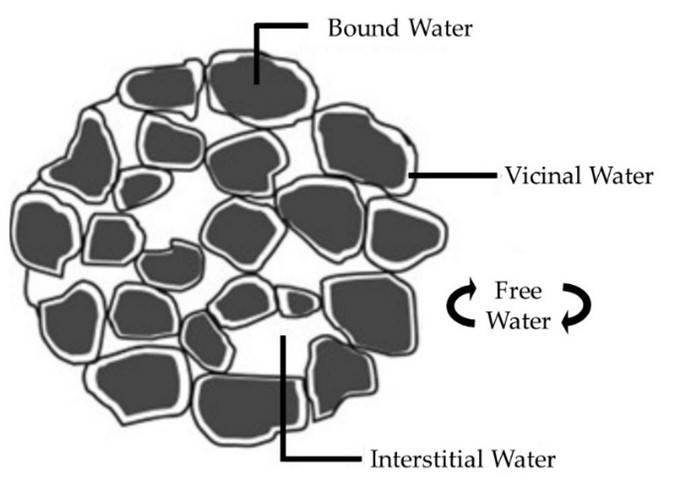Found 2 results
Article
12 March 2025How Do Gender-Based Employment, Agricultural Machinery, and Fertilizers Influence Regional Agricultural Productivity? Panel Analyses for South and Southeast Asian Countries
The analysis delves into key strategies for enhancing agricultural productivity in Southeast Asia and South Asia. It underscores the vital role of mechanization, sustainable input practices, and gender-inclusive policies. Customized interventions in these realms hold promise for significantly amplifying agricultural performance in the region. Fertilizer and machinery productivity are pivotal factors that correlate strongly with overall agricultural productivity, as revealed by regression analyses. Notably, male employment in agriculture and agricultural machinery exhibits positive and substantial impacts on agricultural productivity, while female employment and fertilizer consumption indicators show significant yet negative associations. The study highlights systemic issues such as unequal resource access and differing gender roles in agriculture that may impede the immediate productivity gains from increased female labor force participation. Mechanization and efficient fertilizer utilization emerge as critical drivers of enhanced agricultural output, with consistent coefficients across models. Male employment consistently demonstrates a positive influence on productivity, emphasizing the significance of labor force engagement in agriculture. Moreover, the study underscores the imperative of judicious fertilizer management to avert environmental degradation and diminishing returns. The findings affirm the efficacy of the random effects model, supported by the Hausman test, which indicates congruence in results between fixed and random effects models. This methodological choice ensures robust and reliable conclusions regarding the relationships between male and female employment, machinery, fertilizer consumption, and agricultural productivity in South and Southeast Asia.

Article
13 March 2023Reduced Climate Impacts of Dairy Sludge Management by Introducing Hydrothermal Carbonization
Dairies which produce cheese and milk products can, however, produce large volumes of wastewater that require treatment, usually via activated sludge treatment. Disposal of the resulting activated sludge to land is viewed favorably as the sludge is rich in phosphorus (P) and nitrogen (N) and enables nutrient recycling. Nonetheless, sludge management can significantly influence the greenhouse gas (GHG) emissions to the atmosphere. This manuscript has modelled the GHG emissions arising from two sludge management strategies currently adopted by Danish dairies whereby: (i) sludge is stored and later applied to fields; or (ii) sludge is treated by anaerobic digestion (AD), stored, and the digestate will later be applied to fields. This is compared to (iii) an alternative sludge management strategy with treatment by Hydrothermal Carbonization (HTC). HTC is a technologically simple sludge treatment that could lower the cost for dewatering dairy sludge, forming a biochar-like material known as hydrochar. The produced hydrochar can be applied to the land for the purpose of carbon sequestration, P and N recycling. Our calculations indicate that GHG balances of HTC sludge management can result in a net carbon sequestration of 63 kg CO2eq per ton sludge, as opposed to net emissions of 420 and 156 kg CO2eq per ton sludge for strategies (i) and (ii), therefore offering significant reductions GHG emissions for the dairy sector.
